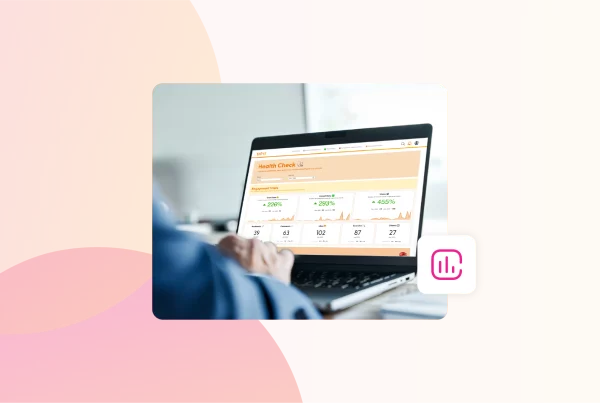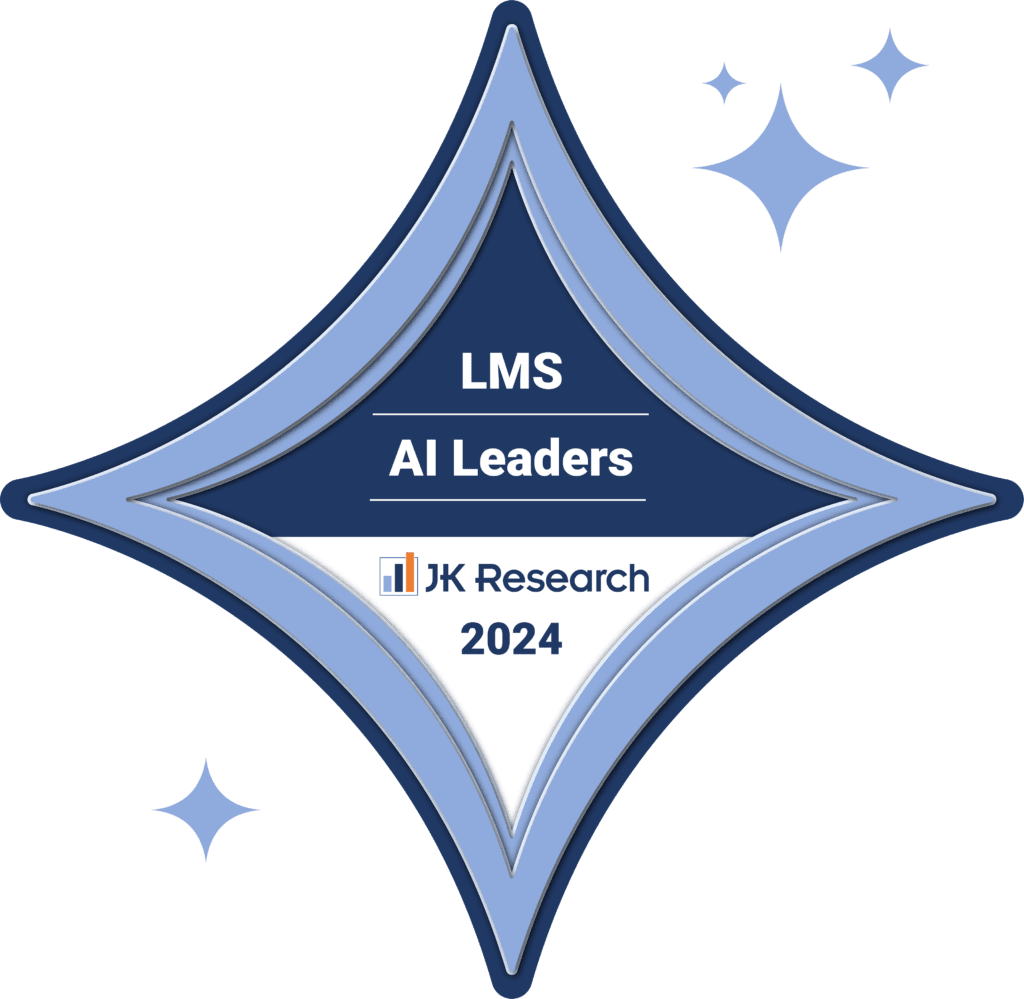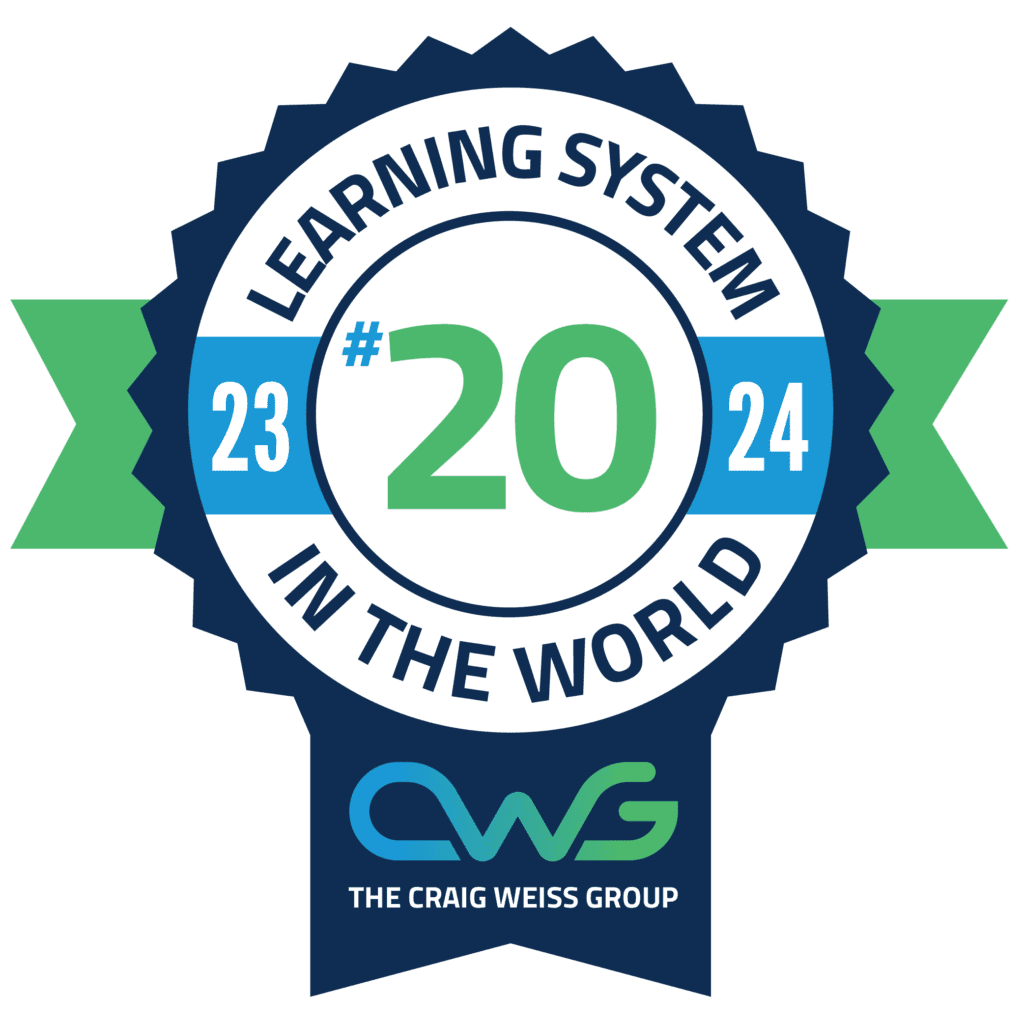Instead of a one-size-fits-all model whereby everyone has to march in lockstep, the learner-centered approach recognises that each person learns differently and at their own pace. 🚶🏻🚶🏽♀️
That’s right; the learner-centred approach involves tailoring your training to fit the individual rather than expecting the individual to fit into a predetermined mould. 🧩
If your organisation is looking to become more learner-centred, you’ve landed in the right place!
Here, we’ll be sharing everything you need to know about rolling out a learner-centred approach and how it can benefit your business.
Why is a learner-centered approach important?
Everyone’s different, right?
We all have our own quirks, interests, and ways of understanding things. 🧠
A learner-centred approach recognises and respects this diversity. 🙌🏼
It’s like saying, “You matter, and we’re going to help you learn in a way that works best for you.”
It goes without saying that staying motivated and interested is easier for employees when they are at the centre of their learning. ✅
Instead of feeling like a passive recipient of knowledge, they become an active participant in their learning journey.
Being learner-centred makes learning more engaging, relevant, and effective. 🚀
Check out ten ways to improve learner retention in the workplace.
The key characteristics of a learner-centered approach include…
Individualisation 🧑🏼
This is simply recognising that each learner is unique and has different learning styles, preferences, and needs.
Active participation 🙋🏽♀️
Encouraging learners to actively engage in the learning process through hands-on activities, discussions, problem-solving, and other interactive experiences.
Relevance 💡
Connecting learning experiences to the real world and the interests, goals, and experiences of the learners.
Flexibility and choice 📝
Providing learners with opportunities to make choices about what and how they learn allows them to take ownership of their learning journey.
Collaboration and cooperation 👩🏽🏫
Fostering a collaborative learning environment where learners work together, share ideas, and learn from each other.
Reflection and feedback 🗣️
Encouraging learners to reflect on their learning process, set goals, and receive constructive feedback to support continuous improvement and development.
Empowerment 💪🏻
Empowering learners to take control of their learning, develop self-regulation skills, and become lifelong learners who are motivated to pursue knowledge independently.
The Benefits of a Learner-Centric Approach
With a learner-centred approach, your employees are more likely to stay pumped up and eager to learn. 😄
Why?
Because they feel like they are calling the shots and choosing what to learn and how to learn it.
When someone is in the driver’s seat of their learning, they learn better. 🚙
Oh, and let’s not forget about confidence…
When people have a say in their learning, they feel like they can conquer Mount Everest. ⛰️
A learner-centred approach isn’t just about making learning more fun (although that’s a big part of it!). It’s about boosting motivation and turning people into confident, unstoppable learners, and we can show you how to do it. 👏🏻
How to Become a Learner-Centric Company
1. Carry Out A Needs Assessment 📋
Conduct a thorough needs assessment to understand your employees’ learning needs, preferences, and goals. This involves gathering feedback, conducting surveys, and analysing performance gaps to tailor learning experiences accordingly.
2. Create Individualised Learning Paths 🛣️
Develop individualised learning paths for each employee based on their specific needs and learning styles. Provide diverse learning resources and opportunities for employees to choose from, allowing them to take ownership of their learning journey.
3. Active Participation 🗣️
Encourage active participation and engagement during learning activities. Incorporate interactive elements such as discussions, case studies, simulations, and hands-on projects to promote critical thinking, problem-solving, and knowledge retention.
4. Feedback and Reflection 💭
Provide regular feedback and opportunities for reflection to facilitate continuous improvement. Encourage employees to reflect on their learning experiences, identify areas for growth, and set personal development goals.
5. Collaborative Learning 👨🏼🏫
Foster a culture of collaboration and knowledge sharing within the organisation. Encourage employees to collaborate on projects, share expertise, and learn from each other’s experiences through peer-to-peer learning and mentorship programs.
6. Flexibility and Adaptability 🖥️
Offer flexible learning opportunities that accommodate employees’ schedules, preferences, and learning paces. Utilise a variety of delivery methods, such as online courses, workshops, webinars, and microlearning modules, to cater to diverse learning needs.
7. Empowerment and Autonomy 💪🏻
Empower employees to take ownership of their learning and development.
Provide employees with resources, support, and autonomy to explore topics of interest, pursue self-directed learning initiatives, and take control of their career advancement.
8. Continuous Evaluation and Improvement ♻️
Continuously evaluate the effectiveness of learning initiatives and make adjustments based on feedback and performance data. Regularly assess the impact of learning programs on employee skills, job performance, and organisational goals, and iterate to improve outcomes over time.
In summary…
From sparking curiosity with personalised learning pathways to instilling confidence through active participation, a learner-centered approach empowers your employees to take ownership of their knowledge, resulting in lasting success and a lifelong love of learning. 👏🏻
Did you know that the Thirst learning experience platform can help you to prioritise personalised learning within your organisation…
Quickly.
Affordably.
Efficiently.
We can help YOUR learners feel like their learning journey is personalised to them.
Learners get more of what they love with content recommendations that perfectly fit their learning style, skills and career goals. ✅
Thirst automatically figures out what each learner needs to develop and adjusts their learning journey. ✅
No employee gets left behind! Thirst is WCAG 2.1 AA Compliant, ensuring that everyone can access learning materials regardless of ability. ✅
Our skills engine helps you unlock the true potential of workplace skills so your employees can achieve higher-quality outputs, greater efficiency, and enhanced skill development for your organisation.
Over 100 L&D teams trust Thirst to support knowledge sharing, upskilling / reskilling and leadership development within their organisations, and we’d like to see how we can help you, too!
Check out their stories here and try Thirst today
For more e-learning insights, resources and information, discover the Thirst blog.
You may also enjoy:
What is Cognitive Learning Theory? | 10 Ways to Overcome the Forgetting Curve | The Ultimate Guide to Sharing Best Practices







